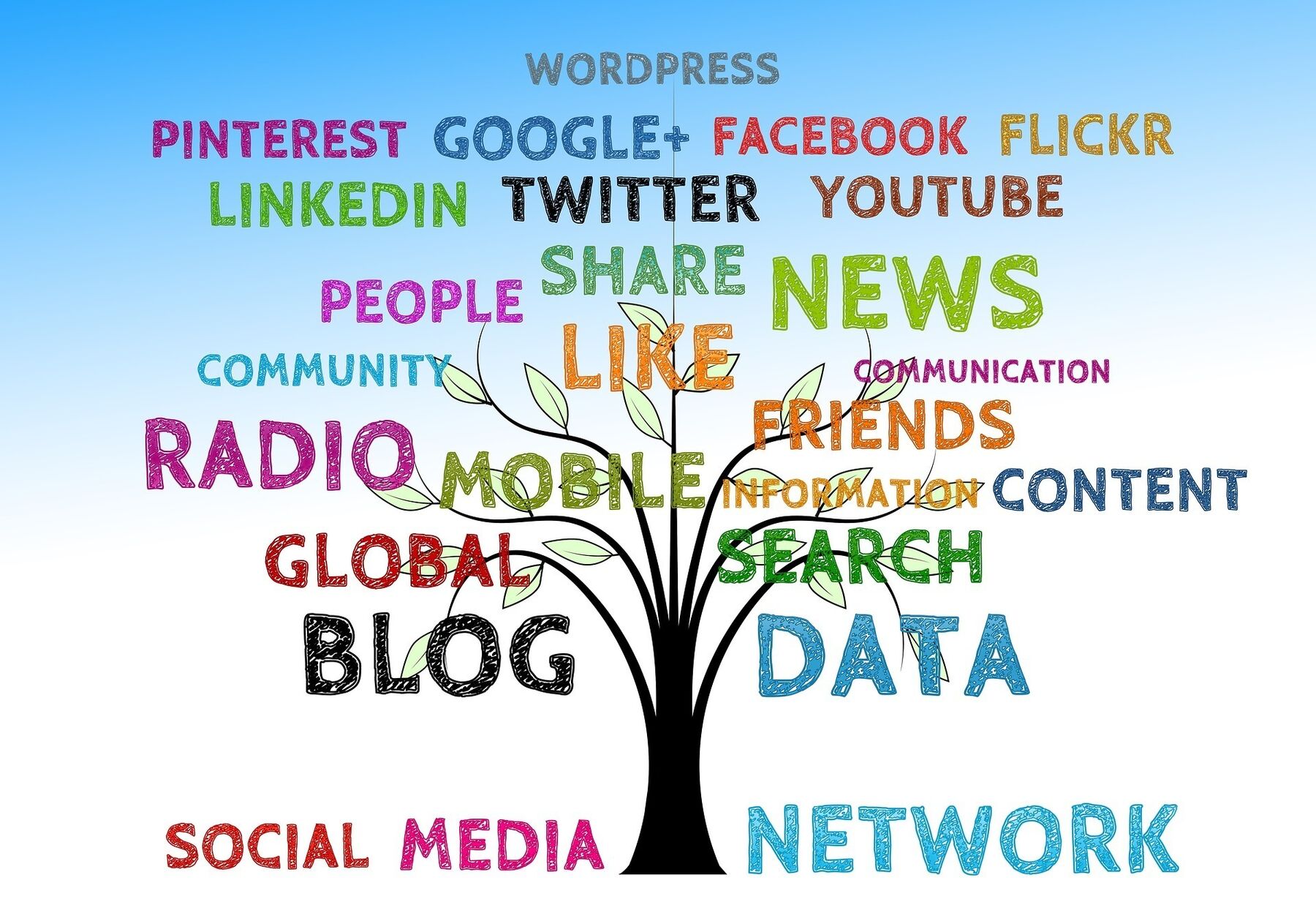It has had media watchers, gurus and journalists fixated for years, but recent developments – including widescale retrenchments, declining circulation, the quality of editorial content, the fast uptake of mobile technology and technology in general – have once again thrown the spotlight on the traditional media.
While those inside and outside the media debate where traditional media is headed, journalists and editors are in no doubt about where it is at the moment. “The media in SA is in one of the most defining spaces currently,” notes one of South Africa’s most experienced print journalists. “It has multiple agendas – being profitable, delivering good journalism while keeping costs down and being in sync with a digital news stream that is not covered by the same principles that define our craft.”
While many have the luxury of observing the fallout at a distance, communications professionals cannot afford to remain detached: the state of the traditional media dictates communications strategies and plans, and determines the effectiveness of PR campaigns.
So what is the state of the traditional media currently?

Veteran journalists and editors agree the media is experiencing its most difficult period ever.
One of the main problems is a lack of resources. There is “too much news and too few journalists”, says Nicki Gules, assistant editor in charge of news and investigations for City Press.
For journalists and editors, this packed news diary means they have to be “strategic in how we assign stories and pace the newspaper”, says Gules.
For PR practitioners, it entails having to be very, very creative in trying to carve out opportunities for clients. Run-of-the-mill releases, product launches, activations and freebies, among other well-used PR tools, all have very little opportunity of success in the current media environment.
“We aren’t interested in a company’s response to a situation or their analysis of a developing news story. We’re also not interested in straight product news,” says Gules.
Profitability is another huge issue with which media organisations are grappling – so editors and journalists, already alert to marketing masquerading as “editorial content”, have become even more vigilant about ensuring that companies pay for the publication of marketing content.
“I can't possibly use anything from XXXX. They don't advertise with us any more. Why would we use their editorial?” one editor asked me plainly.
Arguing that content should be judged on its merits, is met with disbelief. “It doesn't matter. Business is business. It's revenue that we don't get any more. All companies do this, they don't see value in advertising in newspapers but they bombard us with editorial, which is actually much more valuable than an ad,” she said.
Another factor impacting on traditional media is technology.
“Online is not really competition because the filters are to a large extent different. However, since pretty much anyone with an internet account can now push information out, journalists are being subjected to competition on this front,” admits the veteran print journalist.
While online and social media may not be viewed as direct competition, its immediacy, interactive nature and accessibility is forcing traditional media companies to change the way they operate … resulting in many journalists no longer reporting for one newspaper or one TV or radio show, but across several platforms and for several publications. This makes their time even more precious.
“I can’t attend a media briefing or roundtable with no news announcement or no news value,” one senior daily reporter told me candidly. “I have to file three stories a day, two of which are expected to be exclusive and much as I’d like to come out to meet your client, I simply cannot.”
So where does all this leave PR?
In a very very challenging, but not impossible, position.
Journalists and editors agree that if PR practitioners – and their clients – are “smart”, there is still room to manoeuvre.

“PR [practitioners] have to think beyond the press release. They must know that they are competing against a massive news agenda where there is an exposé every single day. They have to understand the media's need for additional/alternative content is about exclusivity, relevance and that it is sufficiently nuanced to be considered in sync with the broader issues on people's minds.
“And [they] or their clients have to know that they have to enter the public debate, albeit smartly, through the selling of their wares. People want to hear what someone's take is on something – stick your neck out, stop sitting on the fence,” says the veteran journalist.
Gules believes PR practitioners should think about providing solutions to problems, as “solutions journalism” is ripe pickings for traditional media. “Solutions journalism provides hope because there is a lot of despair in SA. PR [practitioners] should seize on the opportunity to provide meaningful change,” she points out.
PR practitioners and their clients should also provide data, and statistics or insights that provide context. “Research is brilliant stuff,” says Gules. “Decent research is a great tool. We need companies to be aggregating their data to provide insights into trends and developments in their sector or our society. PR and companies need to tap into the zeitgeist of SA.”
So be smart, be creative, be useful and try to provide solutions.
But communication professionals should also not forget the basic truth – that trust is the basis of any relationship. Therefore, understanding how the media operates and what they need will go a long way for a successful PR practitioner.
“Definitely pick up a phone to chat, but don’t phone me on Friday afternoon. Be an ally because in these tough times, journalists need allies,” says Gules.
